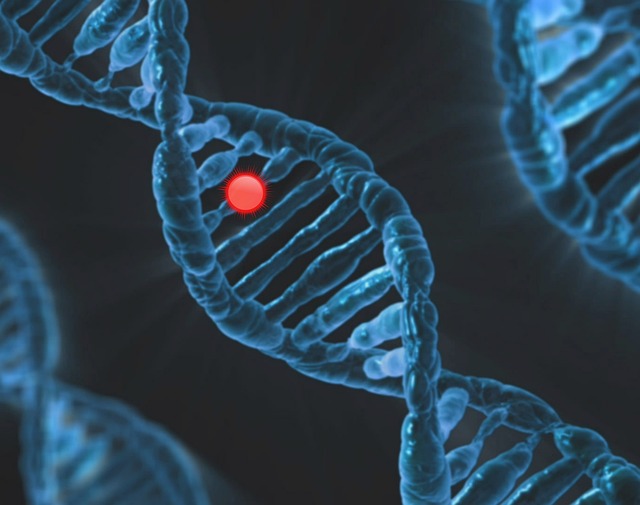The American Hospital Association says, nearly half the population is living with at least one chronic illness or disease, amongst them are the around 200,000 people who live with rare diseases. Worldwide there are almost 300-400 million people living with rare diseases. The road to diagnosis and treatment is long and the impacts call for immediate support and for us to raise awareness. Hence, since 2008, today is deemed National Rare Disease Awareness Day.
We know the most common diseases include heart disease, diabetes, and cancer, but rare diseases are just that, so rare that European Union defines them as diseases that impact less than one in 200,000 people. Some rare diseases include Agammaglobulinemia, Goodpasture Syndrome, Granulomatosis with Polyangiitis, Leukocyte Adhesion Deficiency, or Pediatric Bruton Agammaglobulinemia. The list is extensive and unless you have had one or know someone who has, you may never know these names.
In addition, finding a diagnosis for a medical condition that is extremely rare can come with its own set of challenges. Often even mild concerns can be tricky when it comes to detailing the symptoms and triggers, finding the right doctors, testing, and so on. Rare diseases can often present like many common ones at first. Medical teams must do their due diligence to prove that the rare condition is not something more common first, which can be frustrating to all concerned and, www.pinnaclecare.com says it can take 7-10 years or longer for some people to get a proper diagnosis, which is not only exhausting but also delays necessary treatment.
Are you wondering what makes it so hard? Just like many illnesses, stomach issues, skin conditions, and just feeling “unwell,” often are the same onset of symptoms of said rare conditions. When someone goes to the doctor presenting with small dark spots on their skin, it could be a variety of things from benign markings, rashes, bruising, or even skin cancer. Most people and physicians probably aren’t first assuming someone has Blue Rubber Bleb Nevus Syndrome (BRBNS). According to the National Library of Medicine, BRBNS “is a rare syndrome affecting up to maybe 200 people to date and is made up of venous malformations that arise in the skin and gastrointestinal tract. Patients present with multiple venous malformations in various organ systems including the liver, spleen, heart, eye, and central nervous system. Patients with blue rubber bleb nevus syndrome are at increased risk for gastrointestinal hemorrhage and severe iron deficiency anemia. This is just one example of how a presenting symptom can look like many other things, and it’s so rare that until there is more research and data, it can be hard to identify.”
What does this mean for you?
- Talk about your health concerns clearly with your medical teams and respectfully advocate for yourself.
- Talk to others! If you are living with a rare disease and need extra support, there’s hope! Here in Vermont, we do have access to free chronic health workshops and support at www.myhealhyvt.org There are countless other resources online so use them! There may be someone else just waiting for a friend like you to join the group.
- Talk about rare diseases and raise awareness. The more we talk about things, the more awareness it gets, and these illnesses deserve attention, funding, research, and treatments. We may not have all the answers, but we can offer support and conversations. Talk about hosting awareness events, fundraisers, or other education opportunities when and where you can.
Those living with rare conditions have the added weight, pain, limitations, and what may feel like truly forgotten needs and it’s hard and heavy. The rest of us can help lighten that load, by offering support and making it common to raise awareness for Rare Disease Day!
Mary Hoadley
Director of The Wellness Center


